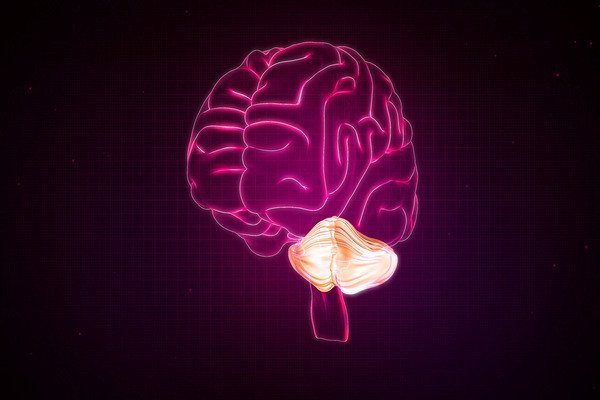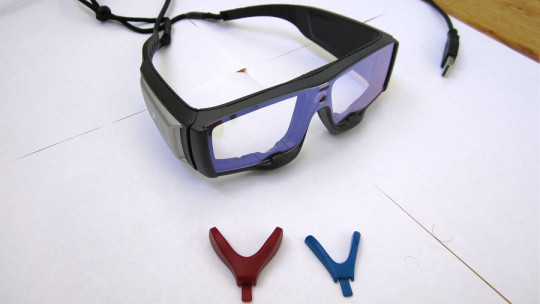Dyslexia is a specific learning disorder and although we normally have certain problems in mind, the reality is that there are different types of dyslexia. Come in and discover its features!
Dyslexia is known as a specific learning disorder that usually appears during the development stage. Like other specific learning disorders, there are persistent difficulties in learning a certain skill, in this case, in literacy Currently, there are a range of different factors that explain the causes of dyslexia And, in fact, although we normally associate dyslexia with a specific problem, the reality is that different types can be differentiated depending on the classification.
If you want to know what types of dyslexia exist and how they differ from each other, keep reading this article to find out.
What is dyslexia?
The dyslexia it’s a learning disorder which is mainly characterized by problems related to recognizing words accurately or fluently, which ends up leading to problems when spelling and poor spelling ability. Therefore, dyslexia entails difficulties in those processes that involve oral and written language comprehension. Although we usually associate spelling and reading with a certain intellectual level, the reality is that people who have dyslexia do not have any intellectual impairment, but they do have impairments in reading, writing, spelling, etc.
Dyslexia is currently one of the most common learning disorder diagnoses and one of the most common factors in school dropout. The reality is that this disorder does not only affect the school environment, but is also usually associated with emotional and behavioral problems such as, for example, attention disorders, behavioral disorders, mood disorders, etc.

Types of dyslexia:
When we talk about dyslexia we can differentiate different types depending on the causes and their severity.
Types of dyslexia according to the cause
Developmental dyslexia
The developmental dyslexia It is the best known type of dyslexia. This is known to be a disorder of neurological origin that appears throughout childhood and is not caused by a brain injury. In most cases, no signs of any brain damage are seen since the causes are usually delays in some area of development, deficiency in neural maturation, etc.
acquired dyslexia
The acquired dyslexia , unlike developmental dyslexia, can appear at any stage of the life cycle since it appears as a consequence of a brain injury or trauma. In this case, we could see adult people with dyslexia who did not present any difficulty in literacy before brain injury. In acquired dyslexia, signs of brain damage can be seen, such as, for example, irregular patterns in electroencephalograms, abnormal reflexes, difficulties in hand-eye coordination and orientation, etc. Depending on the injury, the symptoms can vary and, therefore, present different problems.
Types of dyslexia according to the lexical route affected
When we read a text we can use what are called routes. Specifically, there are two different routes, the visual and the phonological. When we read words that are known, we use the visual route associating an image with a sound so we do not have to interpret the pronunciation behind it. On the other hand, when we read an unknown word we need to make use of the pronunciation rules using the phonological route. In this sense, depending on the route that is affected, two types of dyslexia can be differentiated:
Visual (or surface) dyslexia
The people who present visual dyslexia (or also called superficial ) have difficulty following and retaining visual sequences. Therefore, people who have this type of dyslexia perceive inverted letters and/or parts of words since they have difficulties learning the meaning of the symbols of printed language. This type of dyslexia is the easiest to treat since language symbols can be learned through exercises.
Phonological dyslexia
People who have a phonological dyslexia will read all the words using the visual route. Therefore, since we use the phonological route to read unknown words or pseudowords (words that do not exist), the person will have difficulty reading unknown or pseudowords. pseudowords
Mixed (or deep) dyslexia
This type of dyslexia Both the phonological and visual pathways are affected, so the person will present the two difficulties mentioned above. In addition to these errors, this type of dyslexia is also characterized by semantic errors. These errors are characterized by replacing the words they have to read with another that has no orthographic or phonological similarity. An example would be reading plate instead of cup.
Types of dyslexia depending on their severity

mild dyslexia
The people who present mild dyslexia They have learning difficulties, but not serious enough to seriously interfere with their learning. Normally, in these cases, supports or adaptations are offered that allow the person to dyslexia does not seriously interfere with people’s daily lives. In this sense, mild dyslexia usually has little impact on people’s lives.
Moderate dyslexia
In the moderate dyslexia The person presents notable difficulties that affect them in the academic area. They need considerable support and curricular adaptations throughout the entire school year.
severe dyslexia
In the severe dyslexia The person needs adaptations both academically and in other areas since they may have serious difficulties in carrying out some activities without support. During the school stage, he will need individualized and intensive attention since the person will have serious difficulties throughout his life in carrying out activities that involve reading.
It is important that dyslexia is diagnosed as soon as possible as this will allow the study program to be adapted to the specific educational needs of each child. These adaptations will allow the child to develop self-confidence, motivation and adapted strategies so that she can learn. In this sense, it is important to seek professional help to receive the best guidance adapted to the needs of each person.









